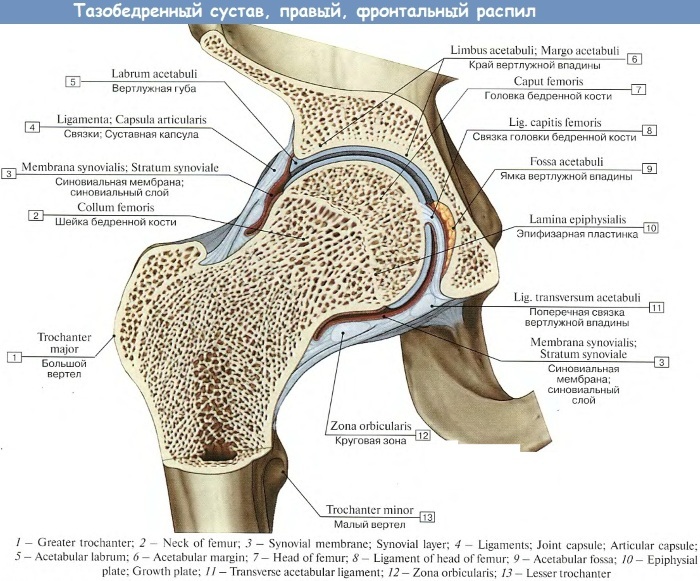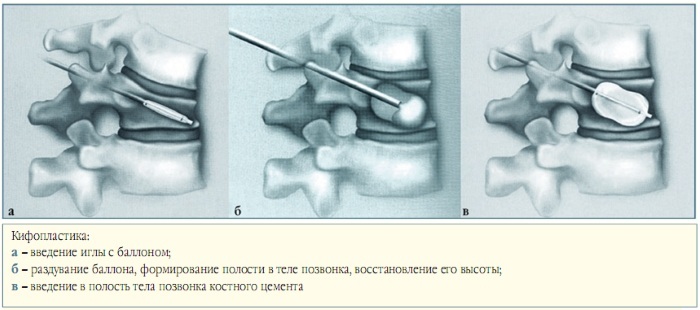One of the main factors that leads a person to disability are diseases of the musculoskeletal system. According to WHO, more than 150 nosologies are included in the list of the International Classification of Diseases in which muscles, bones, joints, tendons and ligaments.
Record content:
- 1 Views
- 2 Stages and degrees
- 3 Symptoms
- 4 Reasons for the appearance
- 5 Diagnostics
- 6 When to see a doctor
- 7 Prophylaxis
-
8 Treatment methods
- 8.1 Medications
- 8.2 Traditional methods
- 8.3 Other methods
- 9 Possible complications
- 10 Video about diseases of the musculoskeletal system
Views
Diseases can be acute, short-term, such as fractures, sprains, dislocations. Some diseases are lifelong for a person, accompanied by chronic pain and disability.
Each disease associated with the musculoskeletal system corresponds to a disorder in the body that affects:
- Spine. Disorders expressed either in the neck, cervicalgia, or in the lower back, lumbago.
- Joints. In this case, osteoarthritis, psoriatic or rheumatoid arthritis, gout, ankylosing spondylitis develop.
- Muscles. Over the years, sarcopenia develops. It is age-related muscle loss associated with atrophic degenerative disorders of skeletal muscle.
- Bone tissue. Osteoporosis, osteopenia, in which bones become fragile, lead to frequent fractures as a result of injury.
- Other parts of the body and systems of the human body. These can be inflammatory diseases, pain syndromes, regional areas that are capturing. These include systemic lupus erythematosus, vasculitis, connective tissue diseases.
Types of diseases of the musculoskeletal system:
| Types of lesions | Causes |
| Arthritis | With age, joint tissues become less resistant to wear and tear and begin to degenerate, which manifests itself in the form of swelling, pain and often loss of joint mobility. Changes occur both in the soft tissues of the joints and in the bones. This condition is called osteoarthritis. The more serious form of the disease is called rheumatoid arthritis. The latter is an autoimmune disease in which the body produces antibodies against tissues joints, causing chronic inflammation leading to severe joint damage, pain and immobility.
|
| Osteoarthritis | The disease in which the bone becomes "porous" is common in the elderly, especially women. Calcium gives the bone hardness. When too much calcium dissolves in bones or is not replaced enough, they lose density and break easily. Estrogen, a female sex hormone, helps maintain proper calcium levels in bones. Once the ovaries stop producing the hormone, women are at increased risk of developing osteoporosis. The collapse of the bony vertebrae of the spine results in loss of height and stoop. Hip fractures are common. |
| Osteomalacia | "Soft bones". If not enough calcium is deposited during early child development, the bones become elastic rather than hard. The diet should contain a sufficient amount of calcium, vitamin D. Rickets is another name for osteomalacia in children. |
| Tunnel Syndrome | People whose job is to monotonously repetitive wrist flexion may develop tingling or pain in thumb, index and middle fingers, and weakness of movement of the thumb, especially when it clings to item. The main nerve that controls movement of the thumb passes through the bony, ligamentous canal at the bottom of the wrist. Repetitive bending movements lead to inflammation and thickening of the tendons passing through the canal, entrapment and compression of the nerve. |
| Tendinitis | The muscles surrounding the shoulder joint are involved in the forward and backward rotation of the shoulder and arm. The tendons of these muscles also contribute to the structural strength of the shoulder joint. Abrupt, quick movements can rupture the tendon, causing pain and reduced shoulder mobility. |
| Bursitis | A bursa is a small, closed pouch with a minimal amount of lubricating fluid that acts as a shock absorber that minimizes trauma and friction between tendons and muscles. The inflammation results in pain and stiffness in the joint area. |
| Muscular dystrophy | This is a group of inherited disorders in which the muscles that control movement gradually weaken. |
| Myasthenia gravis | Deep muscle weakness. It is an autoimmune disease in which antibodies are produced that affect the nerves to stimulate muscle contraction. The muscles of the face and neck are more often affected, disorders appear in the form of drooping eyelids, double vision, difficulty swallowing and general fatigue. |
| lupus erythematosus | An autoimmune disorder in which the body produces antibodies against various organs, especially the connective tissue of the skin and joints. The mild form is characterized by a butterfly-shaped rash over the nose and cheeks, myalgia and arthralgia. Severe or systemic lupus involves inflammation of many organ systems, such as the heart, lungs, or kidneys. |
| Spondylitis | This name is common to a group of diseases that mainly affect the spine, causing inflammation. Initially, there is a primary destruction of the vertebral bodies, deformity of the spine. This further leads to chronic pain and exhaustion. The most common disease in this group is ankylosing spondylitis, an autoimmune disorder. Cells in the immune system cause inflammation in the spine and joints between the vertebrae. |
Diseases of the musculoskeletal system affect people of all ages. As the world's population ages, the prevalence of this type of disease will only increase.
Many infectious diseases are accompanied by disorders of the musculoskeletal system. This happens especially often in old age, when a destructive process of the body occurs, under the influence of a number of progressive diseases.
Stages and degrees
The human skeletal system protects the internal organs, is the support of the body during movement. Disorders affecting the skeletal system destroy bones and connective tissue.
Such diseases include, first of all:
-
Osteoporosis. Structural destruction of bone tissue that results in loss of bone mass, making bones more prone to fracture. Osteoporosis is often called a silent disease because there are no signs until a bone fracture occurs. Medicines can help slow bone loss and even restore it. Treatment: hormone therapy and exercise, proper nutrition.

- Bursitis. It can develop in the area of the shoulder, elbow, hips. Bursitis is a painful condition that affects the shock absorption between bones, tendons, and muscles near the joints. Inflammation of the bursa often causes pain and stiffness in the joints. Bursitis can occur after repeated movement, such as throwing a ball or cycling. In mild cases of bursitis, edema may occur. Severe cases of bursitis lasting more than two weeks require medical intervention with anti-inflammatory drugs. Bursitis poses a risk to humans when other conditions, such as arthritis, occur at the same time.
- Muscular dystrophy. This is a group of genetic diseases caused by broken genes that are passed from parent to child. It is characterized by progressive degeneration of the skeletal muscles that control movement. There are nine major diseases of muscular dystrophy, which vary in severity, muscle involvement, and rate of disease progression.
- Arthritis. This is a joint disorder that causes inflammation and pain in the affected area. The most common forms are osteoarthritis and rheumatoid arthritis. Both forms of arthritis can progress and become debilitating, causing loss of normal functioning in daily life. The cause of arthritis is difficult to determine. Risk factors can include genetics, age, weight, and previous joint injuries. Treatment for arthritis includes medication, physical therapy, and surgery.
-
Arthrosis is a chronic degenerative joint disease. The destruction of cartilage in this form of arthritis results in bone friction, which causes stiffness, pain, and possible loss of motion in the joint.
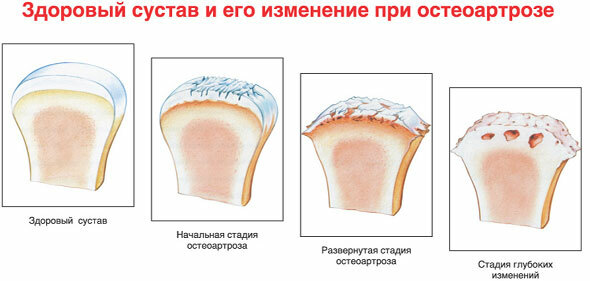
Osteoarthritis is the most common disease of the musculoskeletal system - Rheumatoid arthritis characterized by inflammation of the mucous membrane of the joints. This autoimmune disease is caused by cells of the immune system attacking cells that lining the joints known as synovial joints, which leads to inflammation, pain, stiffness, and loss functions.
- Diseases caused by infections. These include Lyme disease, osteomyelitis. Pathogenic bacteria cause destruction in bones and surrounding soft tissues.
Symptoms
Diseases of the musculoskeletal system are characterized by various symptoms that reflect the nature and location of the lesion:
- Bone pain. It can be deep, penetrating, or dull. Most often it occurs as a result of injury.
- Muscle pain. It is less intense than bone pain, but more debilitating. More often caused by injury, an autoimmune reaction, loss of blood flow to a muscle, infection, or a tumor. It is also expressed by muscle spasms and cramps.
- Pain in tendons and ligaments. They are often caused by injuries, including sprains. This type of musculoskeletal pain increases when the affected area is stretched or moved.
- Fibromyalgia This condition, which causes pain in muscles, tendons, or ligaments, usually occurs in multiple locations and is difficult to describe, often accompanied by other symptoms.
- Joint pain. Joint injuries and diseases cause severe, aching, "arthritic" pain. It can range from mild to severe and is aggravated by movement of the joint. The joints can also swell.
-
Tunnel pains. They refer to musculoskeletal disorders, occur due to compression of the nerve. Disorders include carpal tunnel, ulnar, and tarsal syndrome. The pain tends to spread along the path of the nerve and is felt as a burning sensation.
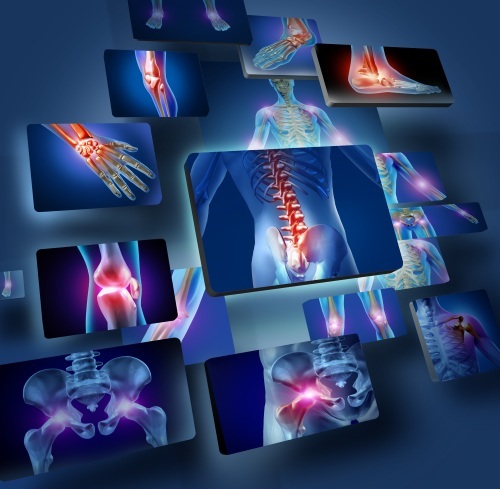
Common signs:
- Localized or general pain that worsens with movement.
- Stiffness of the whole body
- Fatigue.
- Sleep disturbance.
- Twitching of muscles.
- A burning or stretching sensation in the muscles.
Reasons for the appearance
The causes of musculoskeletal disorders are varied:
- Muscle tissue wear with age.
- Various types of trauma. Sudden movements, the consequences of car accidents, falls, fractures, sprains, dislocations and direct blows to the muscle cause musculoskeletal pain.
- Prolonged tensions in one position, frequent repetitive movements, overuse and prolonged immobilization.
- Sedentary lifestyle.
- Overweight.
- Prolonged hypothermia.
- Infectious diseases.
Diagnostics
Diseases of the musculoskeletal system are diagnosed by the following methods:
-
Electromyography. The procedure is useful for assessing musculoskeletal disorders such as paralysis, muscular dystrophy, and other neuromuscular disorders.

- Arthroscopy. A fiber optic instrument is inserted into the joint cavity to visualize the surfaces of the bones entering the joint, find breaks in the internal structures of the joint, and assess sources of inflammation.
- Bone scans. For this, MRI and CT machines are used.
- Muscle biopsy. The procedure is performed by cutting out a small sample of muscle tissue for examination under a microscope. A biopsy is useful in diagnosing muscular dystrophy and other neuromuscular disorders.
When to see a doctor
Which doctors treat diseases of the musculoskeletal system:
- Rheumatologist. "Rheum" is an old medical term for flow, flow. Inflamed joints accumulate fluid, become inflamed, this symptom accompanies systemic inflammatory diseases of the connective tissue. Rheumatologists also treat various forms of arthritis, osteoporosis, tendonitis, gout and lupus.
- Orthopedist. Doctors of this specialty treat children with deformities of the spine and limbs, as well as adults with complicated fractures. bones damaged by tendons or ligaments or needing surgery to replace a damaged hip or knee joint.
- Surgeon. Doctors of this specialty treat heel spurs, ingrown corns, foot and ankle injuries, and poor wound healing in diabetes.
It is necessary to consult a doctor when joint stiffness, pain when walking, getting up from a chair or bed is felt for a long time. In case of edema, redness, fever in the affected area, you should also visit a specialist. Back pain that does not go away within 5-6 days should alert and be a reason to visit the clinic.
Prophylaxis
Diseases of the musculoskeletal system are often caused by neglect of personal health.
Attention should be paid to factors that help maintain normal bone and muscle systems:
- Physical activity. Both overload and lack of movement are harmful to bones and muscles. The first leads to injury and tissue wear, and in the second case, the skeleton loses flexibility, the muscles atrophy.
-
Normal body weight. Excess weight creates unnecessary stress on the spine, legs, risks injury to muscles and ligaments in the event of a fall, bruises.
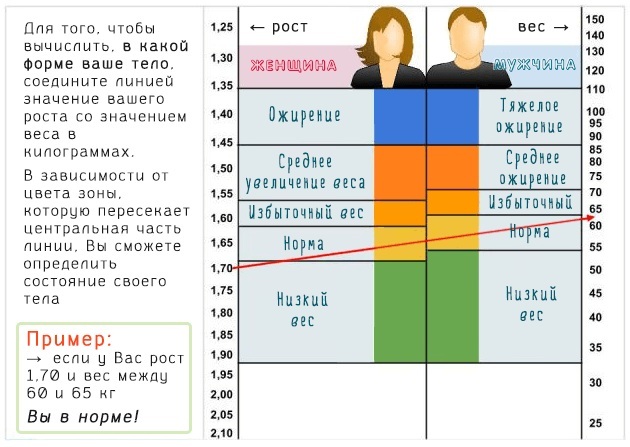
- Correctly formulated diet. The diet should be balanced, it should include calcium, phosphorus, vitamin D, magnesium. It is necessary to eat foods rich in gelatin, protein.
- Sunlight. Ultraviolet rays are the best vitamin for your bones.
Treatment methods
When choosing a technique, drugs, the localization of inflammation, types of pain, causes of the onset of the disease are always taken into account. For diseases of the musculoskeletal system, therapy is often offered with a variety of treatments, drugs, or a combination of treatments before the patient and physician determine which is best.
Medications
Medicines are prescribed depending on the type of disease.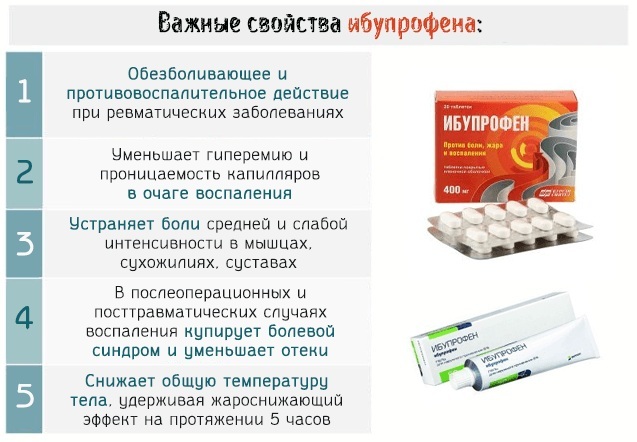
| Groups of drugs | Names | price, rub. | Action |
| Painkillers PVP | Celecoxib | 156 | Drugs in this group have anti-inflammatory properties, destroy the metabolism of acids, which are provocateurs of inflammation. Relieve puffiness, improve microcirculation |
| Diclofenac | 51 | ||
| Ibuprofen | 40 | ||
| Indomethacin | 16 | ||
| Naproxen | 162 | ||
| Meloxicam | 40 | ||
| Motrin | 280 | ||
| Annoying | Capsaicin | 140 | An alkaloid-based preparation containing capsicum, a powerful pain blocker, relieves inflammation. |
| Antirheumatic | Methotrexate | 112 | It slows down the action of the immune system when attacking joints, is used in the treatment of arthritis, as an antineoplastic agent in rheumatoid arthritis. |
| Corticosteroid | Cortisone | 800 | They reduce pain, relieve inflammation, suppress the immune system, are used in the treatment of autoimmune diseases, inflammatory and infectious diseases of the connective tissue. |
| Prednisolone | 15 | ||
| Biological response modifiers | Glucosamine | 240 | Reduces the intensity of pain, creates the prerequisites for the formation of stable cartilage |
For severe pain, arthrotherapy is prescribed with anesthetic or anti-inflammatory drugs around the painful areas. Injections or intra-articular injections help with acute knee pain, arthritis, damage to the articular cartilage, tendons, inflammatory diseases such as bursitis, synovitis.
The drugs are used:
- containing hyaluronic acid (Fermatron, price from 1 thousand. rub.);
- platelet concentrate combined with plasma, the cost of an injection is 4 thous. RUB 500
In addition to these injectable drugs, the following are used:
- Hydrocortisone, price 209 rubles. for 5 ml.
- Kenalog, price 158 rubles.
- Diprospan, price 240 rubles.

This type of treatment is practiced for:
- damage to cartilage tissue;
- incomplete ruptures of ligaments, capsules, tendons;
- inflammatory processes;
- osteochondrosis;
- damage to the intervertebral discs.
Traditional methods
Diseases of the musculoskeletal system can be treated with medicinal plants that complement therapeutic methods.
Stinging nettle. Helps with muscle pain, articular rheumatism.
- Chop dried or fresh leaves, brew 2 tbsp. boiling water.
- Let it brew, take ½ tbsp. up to 4 times / day.
Tansy. To prepare the solution, the inflorescences of the plant are used in dry or fresh form. Helps with gout, arthritis.
- Brew 1 tbsp. l. dry herbs with boiling water, 0.5 l.
- Insist for 1 hour.
- Dilute the drink with water and drink it like tea during the day.
Field dandelion. The plant contains a large amount of vitamins A and C, which are necessary to protect the tissues lining the joints. And its diuretic properties help fight fluid retention, which also affects tissue inflammation.
- Boil 250 ml of water. Add 10 g of dry herb to it.
- Boil for 2-3 minutes, remove from heat and cool.
- Let it brew for 10–20 minutes.
- Drink 1 cup of this tincture on an empty stomach, 3 times a week.

Rosemary. An alternative method to reduce the symptoms caused by wear and tear of the cartilage tissue in the joints.
- Add 10 g rosemary to 250 ml hot water.
- Let it brew, then strain.
- Drink 2 tbsp. tinctures per day.
- If desired, you can make applications with tincture on a sore spot.
Other methods
If conservative methods did not help in treatment, the doctor suggests performing an operation:
- Arthroscopy, when through small incisions above the joint, its alignment, removal or stitching of the damaged parts is carried out.
- Endoprosthetics. A procedure in which damaged joints are removed and replaced with artificial ones. Most often, such operations are performed in the knee and thigh area.
-
Corrective osteotomy. This type of operation is performed on the bones of the limbs, they are aimed at eliminating the deformation of the musculoskeletal system.
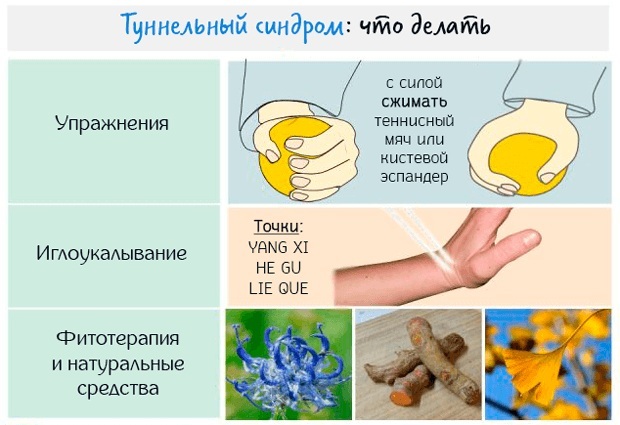
Other treatments that complement treatment and restore activity:
- Stretching and strengthening exercises.
- Physical therapy or occupational therapy. It is prescribed for some types of arthritis to develop movements, strengthen muscles.
- Acupuncture or acupressure.
- Osteopathic manipulations.
- Massotherapy.
- Wearing orthoses.
- Hydrotherapy.
- Mud therapy.
Possible complications
Complications of the musculoskeletal system are secondary conditions, symptoms or other disorders caused by musculoskeletal disorders.
Over time, there is a pathological distortion of the joints, their deformation. This can lead to the fact that the patient will not be able to move independently, serve himself, and manipulate objects. As a result, in the absence of comprehensive treatment, joint diseases lead to disability, bring psychoemotional and physical suffering.
Treatment of diseases of the musculoskeletal system is aimed primarily at reducing pain. But not a single drug can replace vigorous human activity. An organism, to which a person himself is dismissive, cannot be protected by medicine.
Video about diseases of the musculoskeletal system
About diseases of the musculoskeletal system in the TV show:

